Introduction to Evergreen Sedums
Imagine a living, breathing carpet of green that refuses to fade, even as the chill of winter descends. That’s the magic of evergreen sedums. These hardy plants are more than just your average ground covers; they are the steadfast sentinels of your garden, offering a spash of perpetual greenery when most other plants have tucked away for a long winter’s nap. But firstly, let’s talk about what makes a plant evergreen. Simply put, evergreen plants retain their leaves throughout the year. This means when other plants have succumbed to the frost, evergreen sedums stand tall, cloaked in their vibrant, unwavering foliage.
Sedums, also known as stonecrops, are increasingly becoming the go-to choice for gardeners and landscape artists striving for both beauty and resilience. In a world where low-maintenance and sustainability are the names of the game, these plucky succulents win hands down. Especially in settings such as rock gardens, they perform with show-stopping allure. Bordering pathways or enthroning garden walls, they exhibit a charismatic versatility that harmoniously blends with a range of garden designs.
What sets evergreen sedums apart, however, is their ability to bring vibrant energy to the wintry gloom. They offer a much-needed promise of life when the skies are gray and the trees bare. Picture a dollop of vivid green nestled amongst a white, snowy blanket, or the way their shiny leaves catch droplets of morning dew, glistening like a scattering of emeralds on a canvas of brown earth – there’s simply no denying the appeal of these persistent beauties.
In a sense, evergreen sedums are the unsung heroes of the plant world. They ask for so little – a spot of sunlight, a whisper of water – yet give back endlessly, adorning our gardens with their undimmed spirit throughout the seasons. For any gardener looking to create a tapestry of year-round color, these evergreen varieties are both an aesthetic and practical revelation, transforming any space into a verdant sanctuary unwithered by the passage of time.
Characteristics of Evergreen Sedums
Evergreen sedums are like the superheroes of the succulent world, boasting an array of superpowers that let them stay green and glorious through all the twists and turns of the seasons. They stand out in the garden with their ability to cling to life and color when other plants have packed up their pigments for the winter. Let’s zoom in on these resilient plants and uncover what makes them tick, or rather, remain timeless!
Imagine walking through your garden in the heart of winter. Most of your plants have succumbed to the cold’s embrace, but there—like emerald gems—your evergreen sedums continue to dazzle. These tenacious troopers courageously display their foliage, unaffected by Jack Frost’s chilling touch. It’s not magic; it’s in their nature. These sedums have evolved thick, waxy leaves that retain water, essential for enduring periods of cold and drought.
Drought tolerance in evergreen sedums isn’t just a fancy trait; it’s their secret sauce. When the scorching sun turns your backyard into a suburban Sahara, these succulents stand tall, unbothered. They’ve mastered the art of water conservation, their leaves like mini reservoirs, ensuring they stay hydrated without demanding constant refills. This makes them the perfect low-maintenance companions for the forgetful gardener or those cursed with a not-so-green thumb.
Climates can be fickle, and the adaptability of evergreen sedums to various climates is akin to them having a botanical passport, ready for any environment. From the heat of Arizona to the cool breezes of Maine, these plants put down roots and thrive. Their versatility is remarkable, and beginners to gardening enthusiasts clamor for these resilient beauties that seemingly flourish with just a wink of sunlight and a whisper of water.
Let me plant this thought: For those looking to harness the full potential of these all-season wonders, check our insights on where to plant sedum for thriving growth. This knowledge might just be the kickstart your garden craves!
Caring for evergreen sedums is like setting up a plant-and-forget-it garden. They’re suited superbly for various climates, require minimal watering, and keep your garden smiling with greenery year-round. Now, that’s a horticultural dream team if I ever saw one.
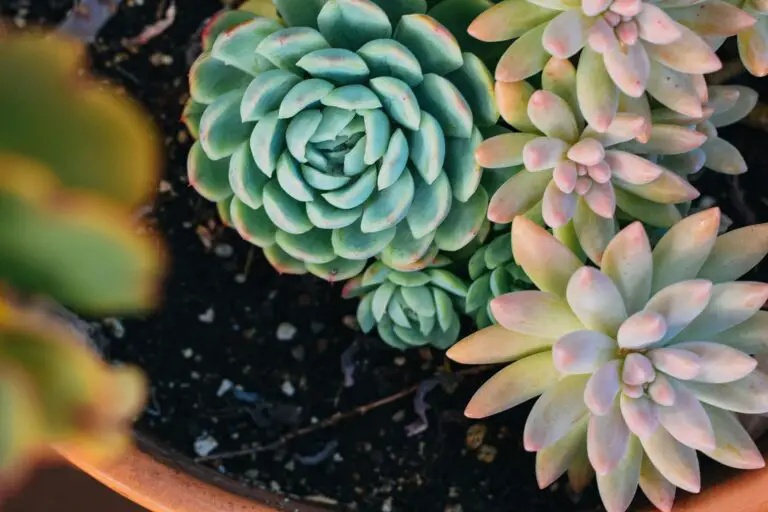
Popular Evergreen Sedum Varieties
Gardening enthusiasts, prepare to be delighted by the resilience and beauty of evergreen sedum varieties! These hardy succulents are the superheroes of the plant world, standing firm through winter’s chill while adding a splash of greenery to your frosty garden landscape. Let’s dive into some of the most popular evergreen sedums that keep our spirits high even when the temperatures hit rock bottom.
Sedum Spurium ‘Dragon’s Blood’
Picture the intense color of dragon’s breath, cascading across your garden bed; that’s Sedum spurium ‘Dragon’s Blood’ for you! This variety boasts a striking transformation as its green leaves turn to a fiery red with cooler weather. Bestowing rapid growth and robust coverage, ‘Dragon’s Blood’ creates a dense carpet that laughs in the face of frost.
Sedum Reflexum ‘Blue Spruce’
Gleaming like the precious stone it’s named after, Sedum reflexum ‘Blue Spruce’ charms with its needle-like foliage that resembles a miniature spruce tree. Its frosty blue hue provides a cool contrast against the warmer tones of your winter garden, and it’s known for its unwavering tenacity even when old Jack Frost dusts it with snow.
Sedum Kamtschaticum
Renowned for its vibrant yellow flowers that warm the hearts of gardeners, Sedum kamtschaticum is a stalwart variety that keeps its succulent green leaves year-round. To understand how you can provide the ideal growing conditions for evergreen sedum like this one, you might need some expert advice.
Sedum Rupestre ‘Angelina’
As if touched by an angel’s hand, Sedum rupestre ‘Angelina’ graces the garden with its golden-green foliage. This fast grower illuminates the winter-scape like the sun itself, offering a persistently cheerful presence that survives the coldest days with ease.
Watch this visual feast in the video below for a glimpse into the world of these beautiful groundcovers that stay green through snow, sleet, and ice.
Feeling inspired to embark on a horticultural adventure with these evergreen sedums? There’s a wealth of knowledge to explore, from propagation to pruning. For those starting their journey, consider this portal to succulent success that delves into caring for these vibrant varieties.
Each sedum brings its own flair to the garden, and evergreen types are no exception. Their toughness against the cold is matched only by their visual charm, making them indispensable in creating a year-round green oasis. Prepare to be the envy of the neighborhood with a botanical selection that endures and enthralls, no matter the season!
Planting and Care for Evergreen Sedums
Want to add year-round verdancy to your garden? Evergreen sedums are your go-to choice, especially for those garden spots that need some spirited green even in the depths of winter. Let’s get our hands dirty and dive into the secrets of planting and nurturing these resilient beauties.
When starting your evergreen sedum garden, soil preparation is the foundation. Picture a loose, well-draining mix filled with the right amount of organic materials—it’s like a cozy bed for these hardy plants. Mix in some sand or gravel to ensure the soil’s drainage is on point, because sedums despise having wet feet. Think of an arid, rocky hillside—they love to call such places home.
Geeky gardening tip: Keep a distance, spacing your sedums at least 6 inches apart. They might look tiny now, but like children, they grow up so fast! Plant them in a sunny spot where they can soak up at least 6 hours of sunlight a day. If your region’s akin to a British summer (often more drizzle than sizzle), choose a spot that catches those elusive rays best.
Watering, while seemingly mundane, is pivotal—too much and you’ll find yourself hosting a sedum funeral. Give them a drink only when the soil’s gone dry, mimicking the drought-prone environments they naturally thrive in. As for their diet, go easy on the feeding. A sprinkle of organic fertilizer come spring will suffice. These guys are the embodiment of low-maintenance living.
The ancients believed in the “pruning by the stars,” but with sedums, no astrology is required—just a keen eye and some shears. Before the new growth starts whispering in the breeze, get snipping. Trim the old, woody stems, and shape them to encourage bushy, vigorous growth. It’s as much an art as a science.
Here’s a snapshot of these green warriors, showcasing their stunning, year-round vitality:
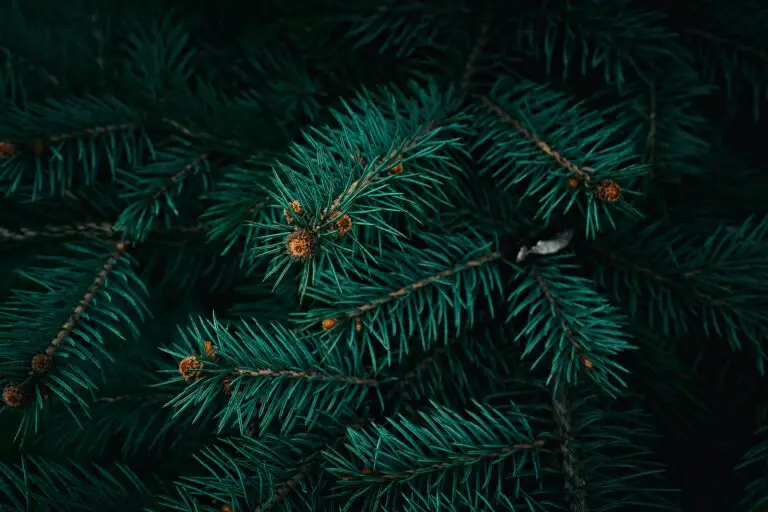
For a more comprehensive dive into the universe of planting evergreen sedums, I’d steer you towards this fantastic guide. It’s an Aladdin’s cave of tips and tricks to get the best out of these versatile plants.
Lovingly tending to your evergreen sedums weaves a thread of continuity through your garden’s tapestry. No matter the season, they stand as a testament to life’s enduring march. Whether cloaked in snow or blazing under a summer sun, sedums persevere, reminding us of nature’s rugged beauty and resilience.
Landscaping with Evergreen Sedums
When the chill of winter descends, and other plants retreat into their seasonal slumber, evergreen sedums stand out in the garden like steadfast sentinels. Their ability to stay verdant and vivacious throughout the chilly months makes them a landscaper’s ally, yearning to be woven into the tapestry of garden design. But how do you blend these perky perennials into your outdoor space to create an ovation of color and form that lasts all year long? Let’s dig into the nitty-gritty of evergreen sedum landscape wizardry.
Illuminating pathways with a procession of sedums is akin to navigating a verdant corridor; their fleshy leaves and star-shaped blooms can line the walkway, guiding guests through an enchanting journey to your front door or garden retreat. By pairing them with larger, broad-leaf evergreens, you create contrast in texture and form, instilling a tactile richness to your garden beds. Imagine the robust foliage of rhododendrons or the spiky allure of yucca, interspersed with the compact lushness of ‘Cape Blanco’ or ‘Angelina’ sedums—it’s a matrimonial match of endurance and beauty.
Beyond the walkway, utilize evergreen sedums in rockeries or alpine gardens. Picture a sloping hill speckled with a mosaic of these hardy succulents, each cluster meticulously chosen for its resilience against the biting cold. Rock crevices cradle sedums like ‘Blue Spruce’ or ‘Coral Carpet,’ with their foliage spilling softly over the edges, as if to mimic the flow of a frozen waterfall.
To complement the seasons, sculpt your evergreen sedums into a living quilt that cascades alongside flowering bulbs in the spring, erupts among the fiery leaves of deciduous shrubs in the fall, and then, as those colors dim, rises to uphold the winter landscape. Integrate them with ornamental grasses such as feather reed grass or fountain grass for a dance of movement and grace, their seed heads bobbing above the steadfast carpet of sedums below.
For those with vertical wishes, let’s not forget the emerald embrace of sedums on green roofs and living walls. An arrangement which, like a verdant tapestry, not only bedazzles the beholder but also presents a sustainable symphony of temperature regulation and ecological benevolence. Sedums such as ‘Dragon’s Blood’ with its awe-inspiring, year-round crimson touch, become the brushstrokes of your living masterpiece.
Real-life examples abound, showcasing the adaptability of these evergreen champions. There’s the urban balcony dotted with container-grown types, each pot a burst of green against the city’s starkness. Or the suburban home where sedum clusters soften the hard lines of stone retaining walls, each season’s sun finding them just as lush. And let us not overlook the rural rock garden, bathed in texture and hues, sedums mingling with heathers and junipers, each frost a painter enhancing their resilient splendor.
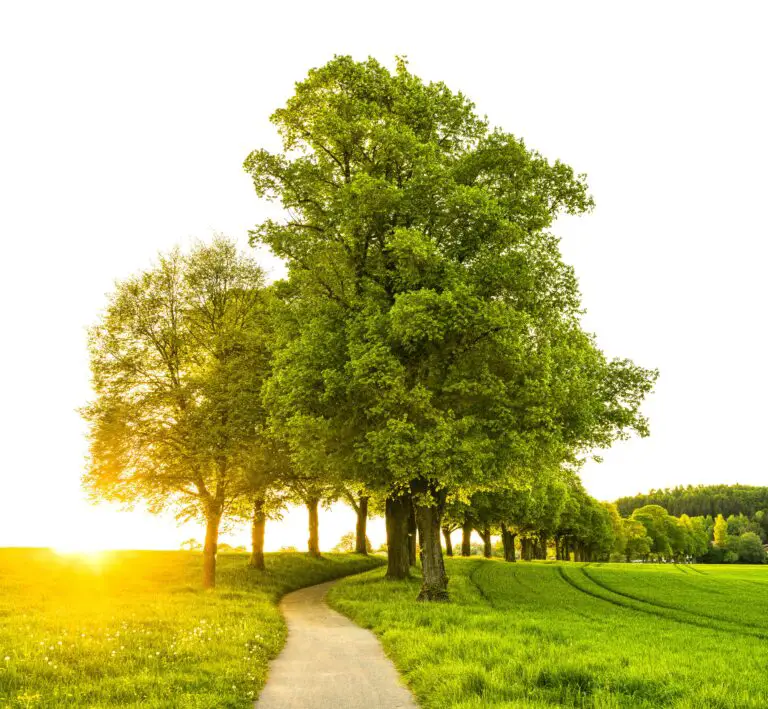
In each scenario, evergreen sedums demonstrate versatility not just in their variety but in their role as the reliable thread that seamlessly stitches together the garden’s visual narrative throughout the year. So, as we contemplate the canvas of our outdoor abodes, let us approach with both the artistry of a painter and the precision of a botanist. With evergreen sedums in our horticultural arsenal, our gardens will not only endure but also thrive, providing intrigue and delight in every season.
Challenges in Growing Evergreen Sedums
As garden enthusiasts, we treasure our evergreen sedums for their resilience and year-round verdancy. However, even these hardy succulents encounter trials that demand our attention. In tackling the cultivation of evergreen sedums, gardeners frequently grapple with pernicious pests and insidious diseases that threaten these persistent plants.
One common adversary is the insatiable aphid, which preys on the succulent leaves, draining vital sap and vigor. Real-life examples abound of lush sedum beds reduced to frail shadows of their potential, all because of these voracious villains. The key to vanquishing these pests lies in preemptive action; introducing beneficial insects like ladybugs or applying neem oil can serve as an organic arsenal against aphid assaults.

Diseases, too, pose a substantial challenge, often lurking in the very soil that feeds our verdant sedums. Take root rot, a fungal fiend that thrives in the moisture-loving conditions preferred by sedums. Once established, it’s a race against time to rescue your plants. Implementing well-draining soil and careful watering practices are crucial strategies in the prevention of such detrimental conditions.
Without due diligence, our evergreen sedums can also become the victims of climate extremes. Hard as they are, unexpected frosts or scorching droughts can take their toll. To fortify these sedums against weather whims, mulching and strategic placement can prove effective. For instance, sheltering them under a leafy canopy helps mitigate frost bite, while occasional shade from the harsh afternoon sun prevents desiccation during heat waves.
Integrated Strategies for Healthy Sedums
Maintaining the evergreen allure of sedums is indeed challenging but achievable through integrated approaches. Whether it’s combating pests with organic methods or countering diseases with smart gardening practices, the success in cultivating these year-round beauties lies in our proactive measures. It’s a rewarding pursuit where the right knowledge and timely intervention can ensure that these sedum varieties remain evergreen, ever resilient.
Inspirational Gardens Featuring Evergreen Sedums
Imagine stepping out into a garden where the lush tapestry of greens never fades, even when snowflakes begin their silent descent. This is the world of evergreen sedums. These hardy succulents have mastered the art of year-round allure. Whether they’re peeking through a frosty winter cloak or basking in the full glory of the summer sun, they remain a constant symphony of green.
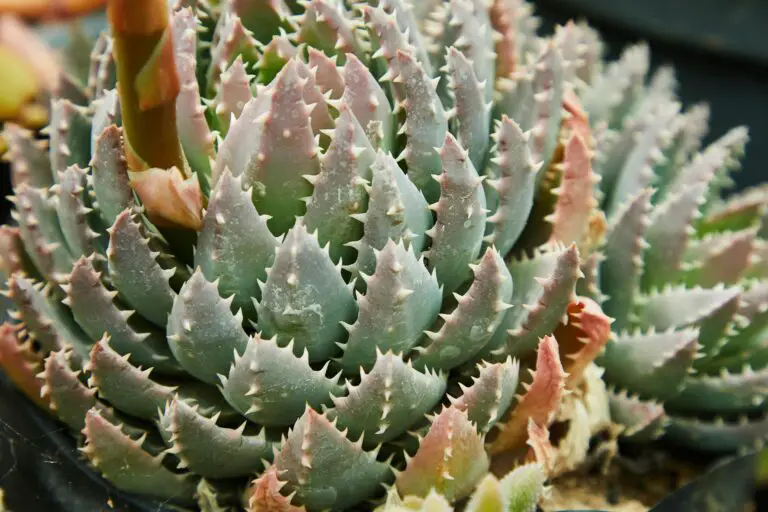
Take a stroll through a garden where plump, vibrant clusters of evergreen sedums spill over rock walls with effortless grace. Here, the sedums are more than a plant; they’re a statement of resilience. In urban backyards, sedums transform rigid architectural lines into soft, green edens. They layer the space, adding depth and life to small city plots, proving that nature can thrive in any environment.
Let’s journey to a seaside retreat where salt-laden breezes are no match for the fortitude of these sedums. They thrive amid the sand and stone, creating green oases where you might only expect driftwood and dunes. It’s a scene that inspires, as it challenges preconceived notions of what makes a beautiful garden, and what plants are capable of enduring.
Last but not least, envision a community garden, where evergreen sedums stand as silent heroes among the raised beds and trellises. They border communal plots, encouraging conversations among novice gardeners and seasoned earth-tenders alike. These sedums do more than stay green; they foster a sense of unity, a shared admiration for the tenacity of life in all its forms.
Evergreen Sedums: A Testament to Year-Round Beauty
Each of these examples shines a spotlight on the versatile beauty of evergreen sedums. These enduring plants do more than survive; they thrive, bringing life, texture, and a steadfast splash of green to gardens of all shapes and sizes. As we’ve seen, evergreen sedums are not just about aesthetic appeal; they’re a testament to the adaptability and indefatigable spirit of the natural world.
Future Outlook on Evergreen Sedums
The tide is turning in the world of gardening, and evergreen sedums are riding the wave straight into the future of sustainable landscaping. Gone are the days when gardens would fall into a Winter slumber, only to be resurrected in Spring. Nowadays, eco-conscious gardeners and professional landscapers alike are betting big on these hardy perennial troopers for a variety of good reasons.
Imagine a patchwork of evergreen sedums, their fleshy, water-storing leaves holding fast against the chill of winter, their colors ranging from jade green to burgundy, adding a splash of life to the otherwise monochrome landscape. These plants are not just about aesthetics, though that alone could win any gardener’s heart; they are also a powerhouse when it comes to promoting biodiversity. As urban areas expand, creating “green corridors” with evergreen sedums can provide much-needed habitats for insects and birds, contributing to a healthier ecosystem.
It’s not just the environmentalists singing praises; even hardcore gardeners are taking note. Take, for example, the Jones family, who revamped their urban backyard with a variety of these evergreen beauties. Through the bleak winter months, their garden remained a vibrant hub of greenery, attracting admiring glances from passersby and serving as a haven for local wildlife. The Jones’ story is a testament to the transformational power of evergreen sedums in creating a living, breathing space that doesn’t just survive, but thrives year-round.
Furthermore, with climate change posing new challenges, evergreen sedums stand out as resilient soldiers, capable of withstanding extreme weather conditions while requiring minimal maintenance. This makes them an excellent choice for those seeking to create a low-maintenance yet highly adaptable garden space.
As you step into the nurseries or flip through the pages of gardening catalogs, it’s clear that the demand for evergreen sedums is blooming. With their easy-going charm and environmental credentials, these sustainable superstars are set to redefine our relationship with the garden, making every day a green day, regardless of the season.
${videoEmbed}
Frequently Asked Questions
Have you ever wondered if your garden’s charm could endure the brisk chill of winter? Imagine your outdoor space, enlivened with the green vibrancy of evergreen sedums, no matter the season. In this hearty FAQ, we’re unwrapping the secrets of these resilient plants that keep their color all year long!
Can Evergreen Sedums Survive Harsh Winters?
Buckle up, because evergreen sedums are like the all-wheel-drive vehicles of the plant world. These rugged beauties laugh in the face of Old Man Winter. Whether you’re living where the snow piles high or where the icy winds like to whistle, these plants remain unfazed. A real-life example? Take the sedum ‘Cape Blanco’, thriving in alpine conditions, sporting its silvery-green armor even when the mercury drops!
How Fast Do These Hardy Plants Grow?
Timing is everything, and evergreen sedums understand that! They pace themselves, growing steadily but without the rush you might expect from seasonal plants. Like a master builder, they add to their structure methodically, ensuring strength and endurance. In a race, they’re the Tortoise, not the Hare – reaching full maturity in about three to four years. But trust us, they’re worth the wait!
Are Evergreen Sedums a Fit for My Garden Style?
Whether your garden whispers Zen tranquility or shouts English cottage whimsy, evergreen sedums can slide right into the narrative. Miniature varieties adorn rock gardens with grace, while larger species can transform a border into a lush, year-round feature. Imagine ‘Angelina’ sedum spilling over edges like a verdant waterfall, or ‘John Creech’ forming a plush green carpet fit for any fairy tale!
Here’s a glimpse of the serene beauty evergreen sedums can infuse into your space:
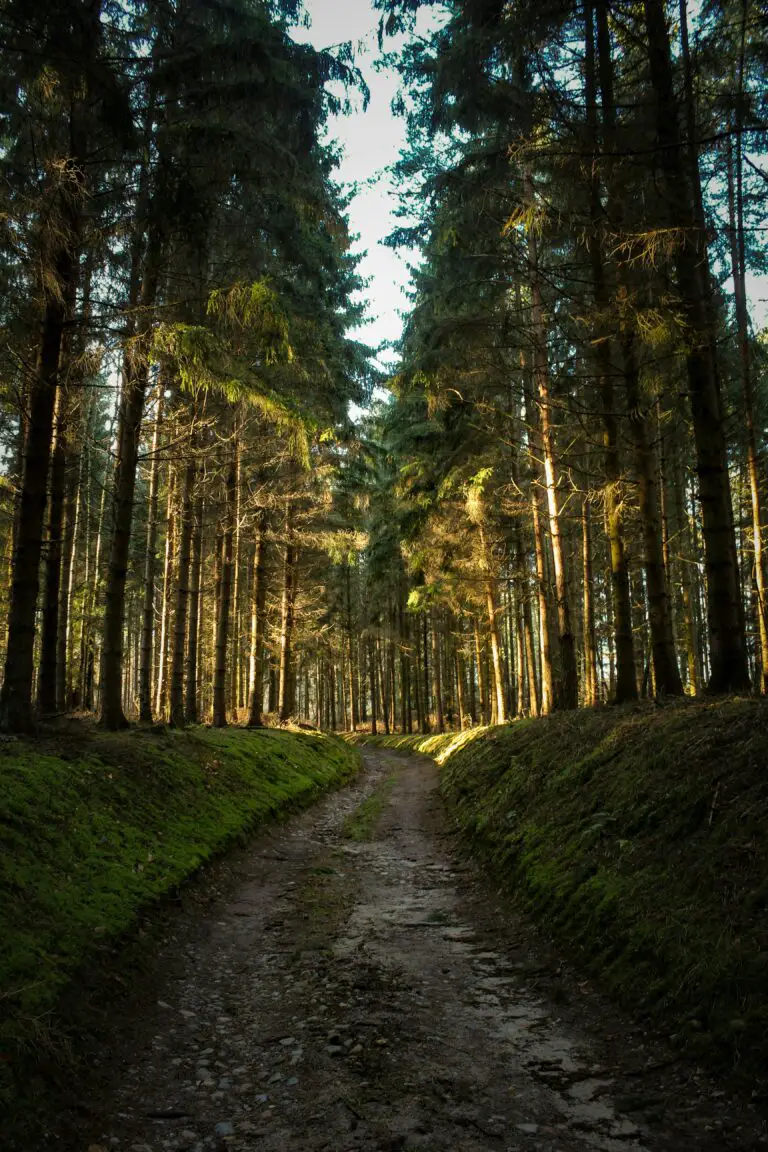
Remember, these are plants with purpose – garnishing your garden with greenery that doesn’t shy away from a challenge. With evergreen sedums, each season is a celebration of life, steadfast in the face of fluctuating temps and giving you a vibrant spectacle to savor all year round.


